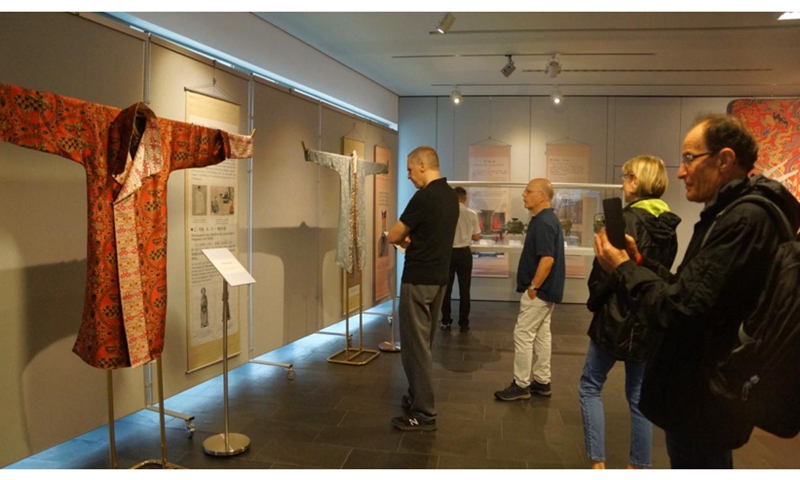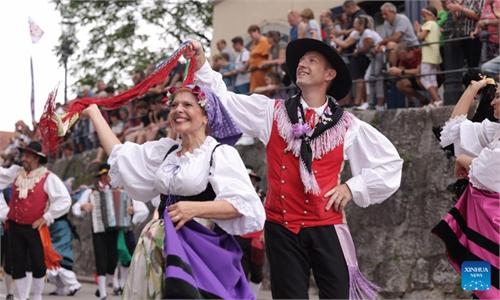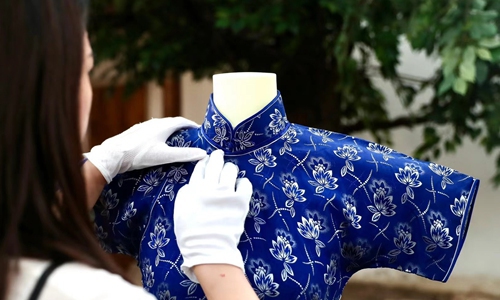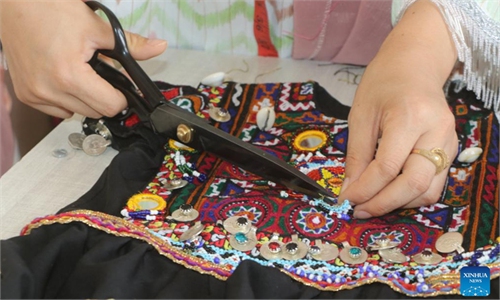ARTS / CULTURE & LEISURE
Ancient Chinese clothing exhibition in Berlin reveals Confucian elegance

A new exhibition on ancient Chinese clothing was held in Berlin. Photo: Courtesy of the China Cultural Center in Berlin
A new exhibition on ancient Chinese clothing was held in German capital Berlin. The exhibition traces the history of Chinese clothing, highlighting how the Confucian core value of “ritual” is expressed in Chinese clothing culture.
Set to run until October 9, this exhibition on ancient Chinese clothing culture is part of the 2024 Confucius international cultural exchange series.
“Chinese clothing culture has evolved over different historical periods, forming a comprehensive system of development. It reflects the transmission of civilization and encapsulates historical moments,” said Sun Qinhang, director of the China Cultural Center in Berlin.
“We hope this exhibition serves as a bridge between the ancient and modern, East and West, fostering exchanges and enhancing mutual understanding between civilizations,” Sun noted.
The exhibition features a special selection of heirloom garments from the Confucius temple back in Qufu, Shandong Province. These ancient Ming Dynasty (1368-1644) outfits, renowned for their vibrant colors, exquisite craftsmanship, and unique designs, vividly showcase the splendor of Ming Dynasty clothing culture, while also deeply reflecting the lasting influence of Confucianism on social life.
During the live clothing display segment, models dressed in traditional Chinese attire brought the elegance of these ancient garments to life. As they gracefully walked through the exhibition hall, guests eagerly took photos with them, capturing the charm and beauty of the ancient clothing.
"This exhibition allows our German friends to experience up close the beauty and intricacy of ancient Chinese garments, as well as the Confucian values embodied in the clothing, enhancing their understanding and appreciation of Chinese culture," said Hua Jingang, the curator of the exhibition.
The opening ceremony also featured interactive activities and a display area for cultural and creative products related to intangible cultural heritage. Visitors could try on ancient Chinese Hanfu clothing and pose for photos and, under the guidance of heritage artisans, learn traditional crafts such as Lu Embroidery, fabric knotting, and rope art.
Global Times



